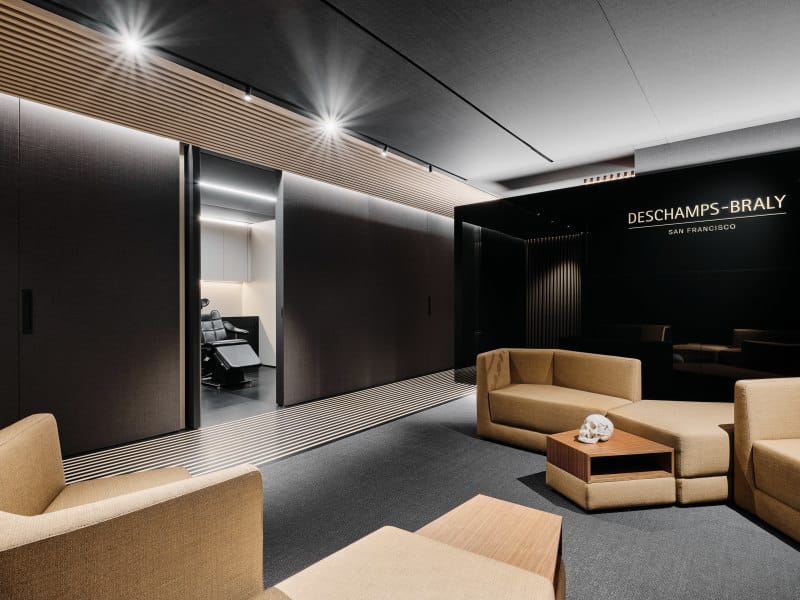What Is Asian V-line Surgery?
Asian V-Line Jaw Surgery or simply “V-Line surgery” is a type of jaw reduction surgery intended to contour and slim the lower jaw, creating a more streamlined profile. This surgical procedure encompasses three critical elements that shape the lower face—the angles of the jaw, the mandible bone, and the chin. It is important to note that despite its name, the procedure is appropriate for anyone regardless of ethnicity or ethnic background. The term was originally derived from South Korean surgeons who coined the term “Asian V-Line.”
Why Is It Sometimes Necessary to “Revise” a Previous Surgeon’s Asian V-line Procedure?
Asian V-Line revision surgery is most often requested by patients who have had an unsuccessful chin implant and/or do not feel that the original procedure addressed all their concerns, leaving them unsatisfied with the results. The purpose of V-Line surgery is to create an elegant “V-shaped” contour of the jaw and chin. If not performed properly by an experienced Board Certified surgeon, the results can vary, and leave patients unhappy with the results. For example, a square jaw or protruding may not be “softened” or V-shaped enough. Or an unwanted “double chin” may still be apparent reducing the effect of the V-Line procedure. Revision surgery may also be needed to correct genioplasty with chin implants. Although chin implants are popular, they cannot give the same results as a well-performed V-Line procedure. Also, inserting any foreign object into the body can be problematic and lead to complications if the body rejects the foreign material.

The Artistry of Asian V-line: What Makes a Beautiful V-shaped Jaw Contour?
The human jaw is a prominent facial feature and its relationship to the entire facial structure is critically important. With jaw reshaping or chin augmentation — as with any plastic surgery — it is imperative that the face maintains a proper aesthetic balance. This surgery is intended to give the jaw a desirable V-shaped contour and while many surgeons have the technical skills to perform such procedures, many lack the artistic eye to understand the overall aesthetic of the jaw in relation to other facial features. Thus, only a Board Certified plastic surgeon with extensive craniofacial and orthognathic (jaw surgery) experience has the artistry and skill to ensure a successful result.
How Is Asian V-line Revision Surgery Procedure Performed?
Asian V-Line revision surgery focuses on the same critical elements of the lower face: the angles of the jaw, the body of the mandible, and the shape of the chin, however, based on the results of the patient’s original procedure, the approach may vary. For example, if a patient has undergone genioplasty with chin implants, the implants will need to be removed in addition to any contouring. Before surgery, Dr. Deschamps-Braly will review your records and discuss all previous procedures with you to ensure you are comfortable with the revision process.
How Long Should I Wait Before Having Asian V-line Revision Surgery?
As with any surgery, it is important to allow the body time to heal before considering a revision procedure. Stitches, bruising, and swelling can make it difficult to realize the final results, especially if you have had jaw implants placed by another surgeon. In addition, results may often take 6 months to realize as subtle swelling can persist for a long time.
Why Should Your Asian V-line Revision Surgeon Be Us Board Certified?
When choosing a plastic surgeon for your Asian V-Line revision surgery, it is essential that they are highly qualified, US Board Certified, and possess long-term V-Line surgical experience. Your surgeon should also have an aesthetic “eye” for what constitutes a beautiful and balanced jawline and chin. It is important that the angles of your new jaw and chin are harmoniously balanced with your other facial features such as your nose and lips, in a natural way that still looks like you. Asian V-Line revision surgery is complex and requires surgeon who has an intimate, in-depth understanding of plastic surgery as well as the entire craniofacial skeleton



